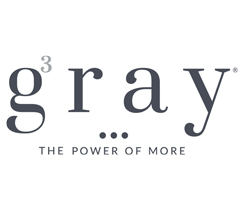Emphasis on electrification overshadows gains for LPG in new legislation
President Joe Biden signed the Inflation Reduction Act of 2022 into law this week, with a focus on combating climate change, lowering health care costs, raising taxes for large corporations and reducing the federal deficit.
The bill, which prevailed along party lines in the Senate and House, is estimated to raise more than $700 billion in revenue over 10 years. The measure includes about $370 billion for energy and climate policies, among other provisions.
For the propane industry, the legislation extends the alternative fuel tax credit and the alternative fuel refueling property credit and includes incentives for renewable propane production. The alternative fuel tax credit – 37 cents for each gallon of propane sold in the transportation sector, including off-road vehicles – extends through 2024 and is retroactive for 2022.
However, as the National Propane Gas Association (NPGA) notes, the legislation wasn’t all positive for the propane industry as it includes provisions that favor electrification.
“We were thrilled to secure incentives to promote the production of renewable propane, a multi-year extension of the alternative fuel tax credit and incentives for distributed power generation,” NPGA President and CEO Steve Kaminski shares in an email to LP Gas magazine, also commending his legislative team’s work over the past two years to ensure Congress included some of the association’s top priorities in the energy bill.
“Unfortunately,” he adds, “this partisan legislative package includes significant handouts to fund electrification and in part transitions away from a pragmatic all-of-the-above approach to addressing emissions reductions across all sectors of the economy.”
NPGA says most concerning to the industry is a section that establishes a high-efficiency electric home rebate program, which provides rebates to homeowners to adopt electric appliances and equipment. The association says it is evaluating legislative, regulatory and state advocacy options to combat the effects of the program.
NPGA released a section-by-section overview of the legislation and its impacts on the propane industry. The association asks members to visit its Member Dashboard for more information.
Featured homepage photo: Elisank79/iStock / Getty Images Plus/Getty Images
















